Filter by
You must be a CTBUH Member to view this resource.

Raffles City Chongqing T3N
Chongqing Chaotiamen Tower 1
Building
Completed
2019
Residential / Retail
Concrete-Steel Composite
LEED Gold BD+C: Core and Shell
354.5 m / 1,163 ft
79
3
3300
You must be a CTBUH Member to view this resource.
You must be a CTBUH Member to view this resource.
Proposed
Construction Start
Completed
Usually involved in the front end design, with a "typical" condition being that of a leadership role through either Schematic Design or Design Development, and then a monitoring role through the CD and CA phases.
The Design Engineer is usually involved in the front end design, typically taking the leadership role in the Schematic Design and Design Development, and then a monitoring role through the CD and CA phases.
The Design Engineer is usually involved in the front end design, typically taking the leadership role in the Schematic Design and Design Development, and then a monitoring role through the CD and CA phases.
Other Consultant refers to other organizations which provided significant consultation services for a building project (e.g. wind consultants, environmental consultants, fire and life safety consultants, etc).
These are firms that consult on the design of a building's façade. May often be referred to as "Cladding," "Envelope," "Exterior Wall," or "Curtain Wall" Consultant, however, for consistency CTBUH uses the term "Façade Consultant" exclusively.
Material Supplier refers to organizations which supplied significant systems/materials for a building project (e.g. elevator suppliers, facade suppliers, etc).
You must be a CTBUH Member to view this resource.
Usually involved in the front end design, with a "typical" condition being that of a leadership role through either Schematic Design or Design Development, and then a monitoring role through the CD and CA phases.
Usually takes on the balance of the architectural effort not executed by the "Design Architect," typically responsible for the construction documents, conforming to local codes, etc. May often be referred to as "Executive," "Associate," or "Local" Architect, however, for consistency CTBUH uses the term "Architect of Record" exclusively.
The Design Engineer is usually involved in the front end design, typically taking the leadership role in the Schematic Design and Design Development, and then a monitoring role through the CD and CA phases.
The Engineer of Record takes the balance of the engineering effort not executed by the “Design Engineer,” typically responsible for construction documents, conforming to local codes, etc.
The Design Engineer is usually involved in the front end design, typically taking the leadership role in the Schematic Design and Design Development, and then a monitoring role through the CD and CA phases.
The Engineer of Record takes the balance of the engineering effort not executed by the “Design Engineer,” typically responsible for construction documents, conforming to local codes, etc.
The main contractor is the supervisory contractor of all construction work on a project, management of sub-contractors and vendors, etc. May be referred to as "Construction Manager," however, for consistency CTBUH uses the term "Main Contractor" exclusively.
Other Consultant refers to other organizations which provided significant consultation services for a building project (e.g. wind consultants, environmental consultants, fire and life safety consultants, etc).
These are firms that consult on the design of a building's façade. May often be referred to as "Cladding," "Envelope," "Exterior Wall," or "Curtain Wall" Consultant, however, for consistency CTBUH uses the term "Façade Consultant" exclusively.
Material Supplier refers to organizations which supplied significant systems/materials for a building project (e.g. elevator suppliers, facade suppliers, etc).
22 January 2019 - CTBUH News
22 August 2018 - CTBUH Research

31 October 2019 | Chongqing
Moshe Safdie, Founder at Safdie Architects, speaks at the 2019 CTBUH International Congress in Chicago on 31 October 2019.
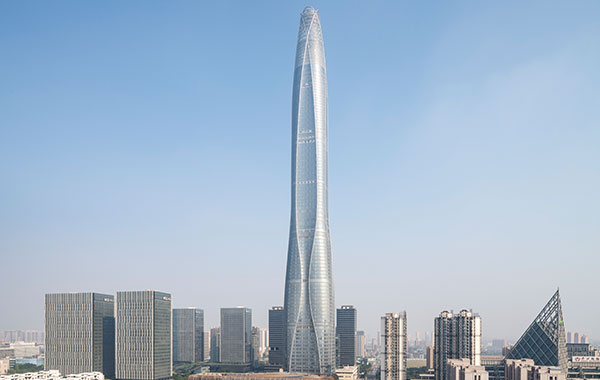
12 December 2019
CTBUH Research
The year 2019 was remarkable for the tall building industry, with 26 supertall buildings (300 meters or taller) completed, the most in any year. This...

31 October 2019 | Chongqing
Moshe Safdie, Founder at Safdie Architects, speaks at the 2019 CTBUH International Congress in Chicago on 31 October 2019.
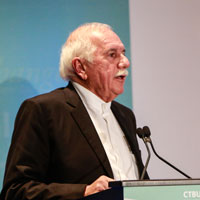
26 October 2015 | Chongqing
Though the skyscraper has been with us for a century, we are yet to discover how to deploy it as an effective building block for...

26 October 2015 | Chongqing
Moshe Safdie of Safdie Architects is interviewed by Chris Bentley during the 2015 CTBUH New York Conference at the Grand Hyatt New York. Moshe discusses...

12 December 2019
CTBUH Research
The year 2019 was remarkable for the tall building industry, with 26 supertall buildings (300 meters or taller) completed, the most in any year. This...
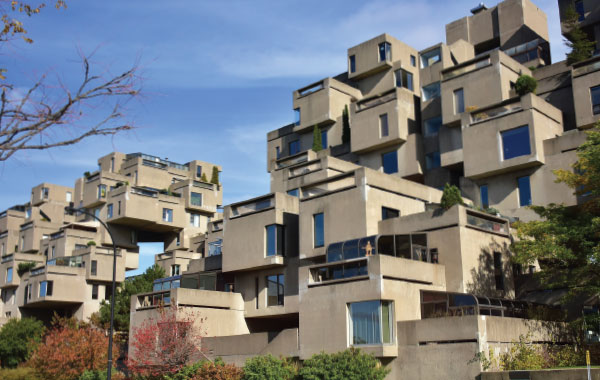
11 October 2019
Moshe Safdie, Safdie Architects
With a career spanning back to the Habitat ’67 residential complex in Montréal, Moshe Safdie’s work has always evoked images of utopian science fiction, yet...

14 March 2019
Kyoung Sun Moon, Yale University
Tall buildings are one of the most viable solutions to deal with the global phenomenon of rapid population increase and urbanization. While tall buildings are...
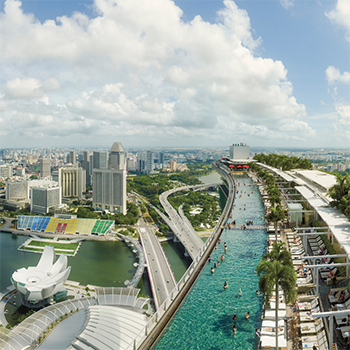
14 March 2019
Jaron Lubin, Safdie Architects
This presentation traces the evolution of the SkyPark across multiple building types in different cities, climates and contexts from urban, architectural and social perspectives.
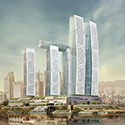
01 September 2017
Aaron J. Wang, CapitaLand China Corporate
Designed by star architect of Moshes Safdie, Raffles City Chongqing includes a total of 6 mega high-rise towers 250 to 380m tall, a sky conservatory,...
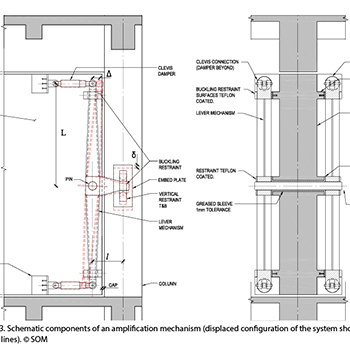
08 August 2017
Hi sun Choi & Leonard M. Joseph, Thornton Tomasetti; SawTeen See, Leslie E. Robertson Associates; Rupa Garai, Skidmore, Owings & Merrill LLP
In 2012, CTBUH published the first Outrigger Design for High-Rise Buildings Technical Guide. In 2016, the CTBUH Outrigger Working Group felt it would be beneficial...

17 October 2016
Jeffrey Huggins, Safdie Architects
One of the outgrowths of dense vertical urbanism is the challenge of interconnecting tall buildings at multiple levels in the sky. In order to have...
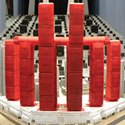
17 October 2016
Xiangdong Du, Jon Galsworthy & Greg Thompson, RWDI; Aaron Wang, CapitaLand China
The Raffles City Chongqing project is one of the largest developments in the world. Located between Chao Tian Men Square and Jiefangbei in Yuzhong District,...

01 September 2016
Aaron J. Wang, CapitaLand Management
With the booming of construction and property industries in China, the demand for high-rises and mega-scale buildings with more integrated building functions, open- and tailor-shaped...

01 March 2016
Goman Wai-Ming Ho, Arup
The structural efficiency of tall buildings heavily depends on the lateral stiffness and resistance capacity. Among those structural systems for tall buildings, outrigger system is...
22 January 2019
Check out our monthly predictions based on our industry intelligence to see what trends and milestones will shape the industry in the year to come!
Subscribe below to receive periodic updates from CTBUH on the latest Tall Building and Urban news and CTBUH initiatives, including our monthly newsletter. Fields with a red asterisk (*) next to them are required.
View our privacy policy